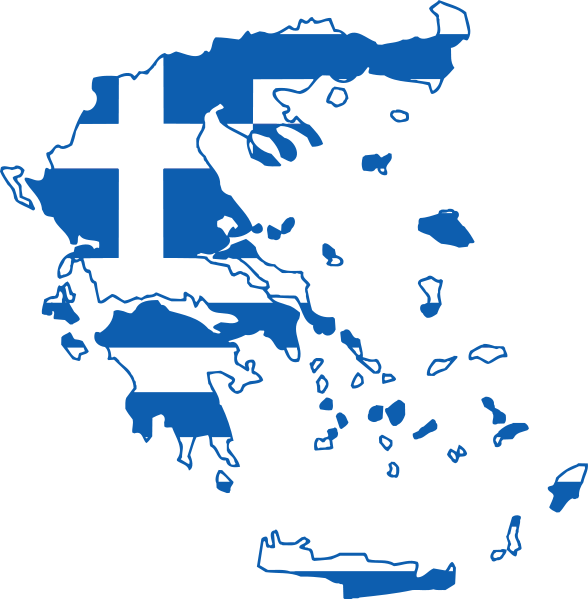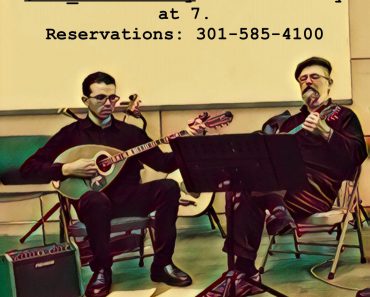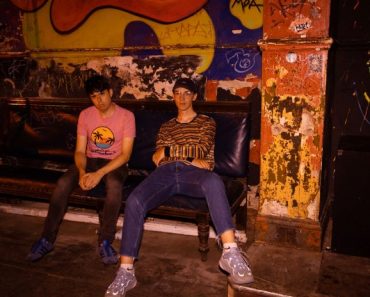
By the late 1960s, a new British super group had stormed the rock music scene. With a unique sound that set them apart from acts such as Led Zeppelin, The Rolling Stones, and The Who, Pink Floyd’s early commercial success would put them on a path to the legendary amphitheater of Pompeii
The band’s very first commercial and critical success was its debut album, The Piper at the Gates of Dawn, which was released in 1967. The album peaked at number 6 on the UK albums chart and established Pink Floyd as the face of British psychedelic rock.
This success was not short lived. After lead guitarist and composer Syd Barret left the band, one Roger Waters and David Gilmour took over creative control of the band and produced legendary records that further established the group as the single biggest progressive rock band in the world.
Records such as 1969’s Ummagumma, 1970’s Atom Heart Mother, and 1971’s Meddle, captivated audiences with their innovative, and almost impossible sounding space rock and roll music. These three records were crucial in captivating critics and audiences alike. One of those captivated by the band’s sound was art-film director Adrian Maben, who approached Pink Floyd with the idea of filming a concert in a unique and symbolic location, Pompeii.
A concert for ghosts, Pink Floyd Live at Pompeii
Maben, a UK born film director living in Paris, saw that there was little attention being paid to rock music in France. Despite the genre being the soundtrack to a generation that, among other things, marched in 1968 all over Europe, initially, Maben wanted to show how Pink Floyd made their noise.
He decided that the perfect location for this project would be Pompeii, the city on the outskirts of Naples, which was destroyed by the eruption of volcano Vesuvius in AD 79. During this well-recorded tragedy, 11,000 of Pompeii’s residents were buried in ash, and the site was only rediscovered in the 16th century.
David Gilmour and Pink Floyd playing at Pompeii, October, 1971. pic.twitter.com/pSJSqOAc0W
— Classic Rock In Pics (@crockpics) April 21, 2021
Now, it is important to remember that by 1972, the world had the large crowds and noise of “Beatle Mania” fresh in their minds, but that was not all. At the time, rock concerts were known for drawing huge crowds that in turn generated roaring sounds in arenas and stadiums all over the world—but not Pink Floyd.
Maben was able to convince Ugo Carputi, a professor of ancient history at Naples University, to close down the amphitheater by maintaining that there was not going to be a huge crowd at the site. This pitch was what convinced Carputi to close down the Pompeii for six days for Pink Floyd and Maben to record the film.
Director Maben wanted to capture the band in an entirely different fashion
At the time of filming, Maben claimed that Pink Floyd Live at Pompeii, was “to be an anti-Woodstock.” He also highlighted the importance of capturing it for what it is, an eerie place perfect for Pink Floyd’s music.
In the same interview, Maben said:
“Above all, there should be the notion of silence, and the images of Pompeii would speak for themselves with the music. It was something that had to stand on its own: the Floyd and the emptiness of the theatre. Maybe, just maybe, it was like they were playing for the ghosts of the dead.”
Today in 1972, the premiere of Pink Floyd Live At Pompeii was held in Edinburgh, Scotland. The atmospheric footage of the band in action, in a deserted amphitheatre, has mesmerised audiences ever since. When did you first see the film? pic.twitter.com/50R8iuSDoL
— Pink Floyd (@pinkfloyd) September 2, 2024
The emptiness of the Pompeii amphitheater makes Pink Floyd’s performance almost surreal. This is because with the amphitheater being empty, the way the sound bounced from the stone walls gave the music an eerie feel that could simply not be achieved anywhere else in the world.
Pink Floyd Live at Pompeii is a show that would entertain audiences and capture audiences in 79 AD, in 1972, and in 2024, as it is unlike any other concert film in the world. Perhaps the most compelling act of the entire show was the band’s performance of the yet unreleased song, Echoes, from their album Meddle.
The entire film is available to be watched on YouTube, as well as other streaming platforms.







